It takes a hardy ewe to produce good quality lamb in the Scottish uplands but one farmer stumbled on what proved to be a winning combination when he was given his first Southdown tup.
Before relocating the family farming enterprise to Ayrshire, James Fisher had been running a flock of 700 Scottish Blackface ewes at Loch Lomond, on land that climbed to over 3,000 feet.
“In that environment we could only work with the Blackie and didn’t generally cross but we inherited a Southdown tup from a family friend who had a small flock and decided to try him on 30 ewes,’’ James recalls.
That experiment was the start of an association with the Southdown that has endured for more than 30 years.
“The Southdown tups produce quite astonishing little lambs,’’ says James. “They are a nice shape and far heavier than they look.
“We weren’t able to finish them at the Loch Lomond farm so we sold them as stores and buyers would underestimate their weight from that initial visual assessment but once they put a hand on their back and picked them up they could see that they were solid. They sold well.’’
Seven years ago, James and his wife, Aileen, and their three children, Iain, Sandy and Iona, relocated to a 500-acre coastal farm at Lagg near Ayr.
Running an extensive farm in a region with an average annual rainfall of 120 inches had been both physically and financially challenging. “We were very reliant on subsidy at Loch Lomond,’’ James admits.
The decision to relocate came after a neighbouring sheep farmer surrendered his tenancy.
“We had been farming 4,000 acres of which only 30 acres was improvable land but when our neighbour left there were 10,000 acres for our sheep to cover,’’ James explains.
“The land was open marches with no fences so we needed squads of people to gather in the sheep. It would take a gang of five people three days to gather them but when the sheep became even more spread out and we lost half of our gathering squad we realised that if we wanted to stay in farming we had to take a different approach.’’
That opportunity came in the form of a 500-acre mixed farm with land rising from sea level to just 900 feet.
“There is only 100 acres of rough grazing here and after what I had been used to I didn’t consider it to be rough! It is a farm that can easily be run single-handedly,’’ says James.
That was seven years ago and James and Aileen now run a closed flock of 600 Blackface and Mules and 70 Whitefaced Woodland ewes, tupping 120 Mule ewe lambs with two Southdown rams and a Poll Dorset. They also provide winter and summer grazing for 100 dairy heifers.
Tupping gets underway on November 1st, four weeks earlier than had been the case at Loch Lomond. “Everything tups at the same time, the ewes and the ewe lambs so that we can lamb everything together,’’ says James.
Charollais tups are used on 320 Mule ewes, 120 Blackies are kept pure and 150 Blackies are crossed with a Bluefaced x Texel tup. Forty of the Whitefaced Woodland ewes are kept pure and the others are tupped with a Bluefaced x Texel.
“I’d always liked the Whitefaced Woodland but didn’t have the ground to keep them before so we started that flock when we came to Ayr,’’ says James.
The flock lambs outdoors from March 27th. This year’s scanning recorded 198% in the ewe crosses and 120% in the ewe lambs. “If last year’s experience is anything to go by in percentage terms the Southdowns will have done most of the work in the ewe lamb group,’’ says James.
“The ewe lambs lamb quite easily, you get the odd one whichever breed you work with but the Southdowns don’t give us much trouble at all.’’
In a system where all lambs are finished off grass, the Southdown cross thrives. “It is a good lamb with the right coat and it does really well off grass. I am very averse to feeding sheep out of a bag.’’
Spring 2016 was a challenging one but the lambs suckled well. “We didn’t have a spring, we went from winter to summer, but we put plastic jackets on the lambs to give them a bit of protection and to help them retain heat. We prefer minimal interference; we only get involved if we have to.’’
The Southdown tups that sired this season’s ewe lambs were purchased from north Yorkshire breeder Neil Stainthorpe.
James selects tups that are sound on their feet, have a good mouth and a reasonable shape. “If they have these three characteristics they will do the job! I don’t want them too thick at the front end so that they lamb easily.
“We have used other breeds on the ewe lambs but it is the Southdown that has given us the least problems. The lambs come out easily.’’
The first lambs are weaned in August. They are sold when they hit 40kg liveweight so some are sold off the ewe from the end of July.
James sells all his lambs at the livestock market at Ayr, a 15-minute drive from the farm.
Fifty acres of silage is harvested in one cut, at the end of July. “We graze the fields quite hard, it’s the system we are in,’’ says James.
“We finish everything off grass but in the last couple of years we have grown forage rape as a prelude to a reseed.’’
Farming in a more forgiving climate means James can finish the lambs instead of selling them as stores. “We were used to 120 inches of rain a year so 45 inches is nothing!’’



